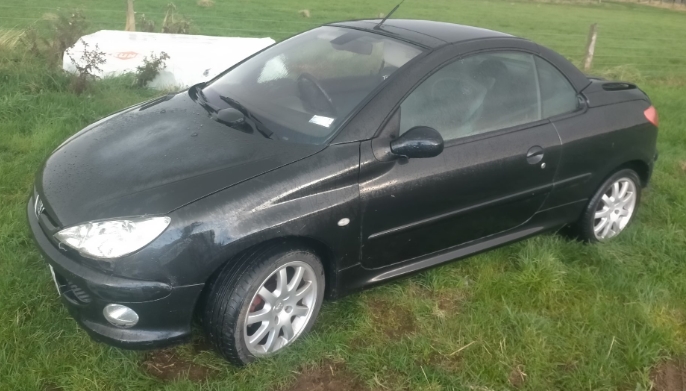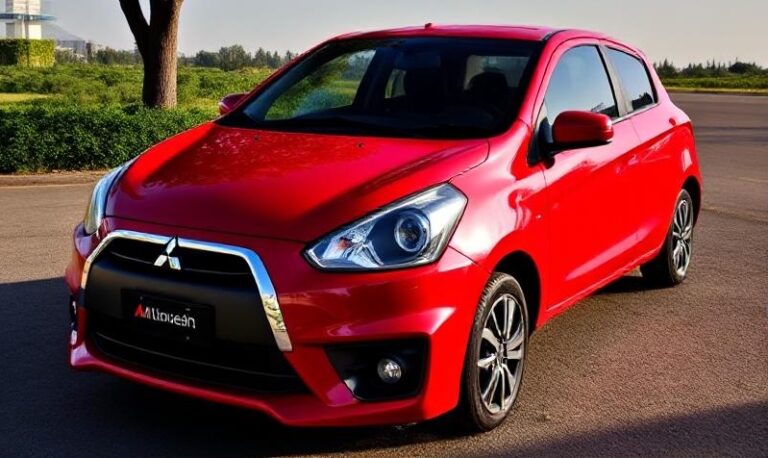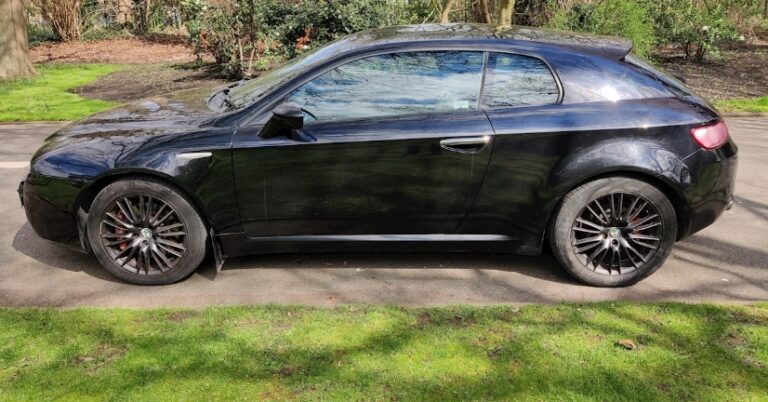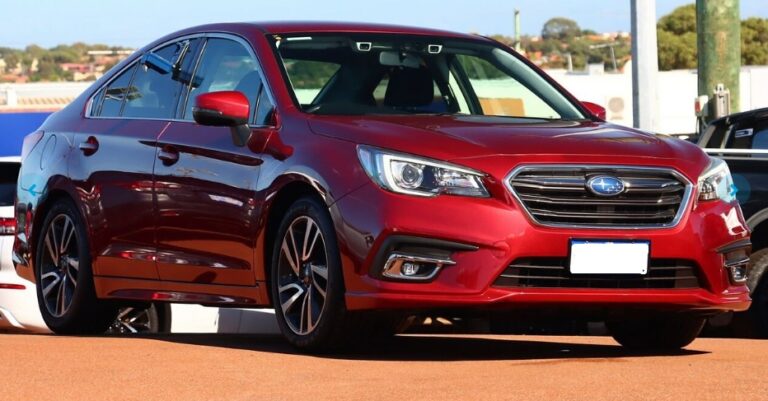The Evolution of Peugeot’s Compact Hatchbacks: A Comprehensive Overview of the Peugeot 206, 207, and 208
Peugeot, a renowned French automobile manufacturer, has a storied history of producing innovative, stylish, and reliable vehicles. Among its most iconic models are the Peugeot 206, 207, and 208, each representing different generations of compact hatchbacks that have played significant roles in Peugeot’s global success. This article provides a detailed overview of the evolution of these models, including their production years, key models, and trim levels offered throughout their respective lifespans.
Peugeot 206 (1998–2012)
Introduction and Development
Launched in 1998, the Peugeot 206 marked a significant shift for Peugeot, heralding a new era of design and engineering. Positioned as a small, affordable, yet stylish hatchback, the 206 quickly gained popularity worldwide, especially in Europe, due to its attractive styling, sporty handling, and versatile range.
Production Timeline
- Production Years: 1998 – 2012
- Facelift: 2009 (major update with styling refresh and equipment improvements)
Key Models and Variants
The Peugeot 206 was available in multiple body styles:
- 3-door hatchback (most common)
- 5-door hatchback
- 2-door convertible (Cabriolet)
- 3-door station wagon (SW/Break)
- 206 WRC (World Rally Championship version)
Engine Options
The 206 was offered with a wide range of petrol and diesel engines:
- Petrol: 1.1L, 1.4L, 1.6L, 2.0L
- Diesel: 1.4L HDi, 1.6L HDi, 2.0L HDi
Trim Levels and Features
In various markets, the 206 was sold in multiple trims, often reflecting the level of equipment and performance:
- S: Basic trim, manual windows, minimal features
- XT: Mid-range, added air conditioning, improved interior
- XS: Sportier trims with alloy wheels and upgraded interiors
- GT: Sportier versions with enhanced suspension, sport seats, and sometimes more powerful engines
- RC: High-performance version with a 2.0L engine and sporty suspension
- CC (Coupé Cabriolet): Soft-top convertible model
- RC: Rally-inspired trims, including the 206 WRC
Notable Variants
- Peugeot 206 SW: Station wagon variant for family buyers
- Peugeot 206 CC: Convertible with a retractable hardtop
- Peugeot 206 WRC: Limited edition rally car, which inspired the production model
Peugeot 207 (2006–2014)
Introduction and Development
Replacing the Peugeot 206, the Peugeot 207 was launched in 2006 as part of Peugeot’s “308 family,” aiming to modernize its lineup with more contemporary styling, improved comfort, and better overall driving dynamics. It was designed to appeal to a broad demographic, including younger buyers and families.
Production Timeline
- Production Years: 2006 – 2014
- Facelift: 2010 (subtle refresh with interior and exterior tweaks)
Design and Engineering
The 207 featured a more rounded, modern design compared to the 206, with a focus on aerodynamics and interior quality. It introduced new chassis and suspension setups to improve ride comfort and handling.
Body Styles
- 3-door hatchback
- 5-door hatchback
- 4-door sedan (mainly in some markets)
- 2-door convertible (CC)
- 5-door station wagon (SW)
Engine Options
The 207 was available with a broad array of engines:
- Petrol: 1.4L, 1.6L, 1.6L THP (turbo), 1.6L VTi, 1.4L VTi
- Diesel: 1.4L HDi, 1.6L HDi, 2.0L HDi
Trim Levels and Features
Trim levels varied by market but generally included:
- Urban / Access: Entry-level trims with basic features
- Active: Added air conditioning, power windows, remote central locking
- Allure: Mid-range with upgraded interior, alloy wheels, and enhanced features
- Feline: Higher trim with premium features, leather seats, and advanced audio
- GT: Sportier trims with more aggressive styling and sometimes performance enhancements
- RC: High-performance versions with sport suspension and engines
Special Editions
Peugeot also produced several limited editions such as the “Sportium,” “Premium,” and “Feline Sport” trims, emphasizing style and equipment.
Peugeot 208 (2012–Present)
Introduction and Development
Announced in 2012 and launched in 2012 as a successor to both the 206 and 207, the Peugeot 208 marked a significant step forward in Peugeot’s design philosophy. It aimed to combine compact size with modern technology, efficient engines, and a stylish appearance. The 208 has been a critical model for Peugeot’s global strategy, especially in Europe.
Production Timeline
- Initial Launch: 2012
- Facelift: 2019 (second-generation 208 with significant styling and technological updates)
- Continued Production: As of 2023
Design and Engineering
The 208 introduced Peugeot’s new design language, featuring a bold grille, sleek lines, and a distinctive front end. It also incorporated Peugeot’s i-Cockpit interior layout, with a compact steering wheel, high-positioned instrument panel, and touchscreen controls.
Body Styles
- 5-door hatchback (main model)
- Electric version (e-208)
- Limited variants and special editions
Engine Options
The 208 has offered a variety of engines:
- Petrol: 1.2L PureTech (three-cylinder turbo), 1.0L turbo
- Diesel: 1.5L BlueHDi
- Electric: e-208 with a 50 kWh battery and electric motor
Trim Levels and Features
In its latest iteration, the 208 has been offered in several trims:
- Active: Base model, essential features
- Allure: Mid-range with upgraded interior and tech
- GT Line: Sporty styling cues, larger wheels, and additional features
- GT: Performance-oriented trim with sportier styling and upgraded performance
- Special Editions: Like “Feline,” “Like,” and “XY”
Technological Highlights
- Peugeot i-Cockpit with digital instrument panel
- Advanced driver-assistance systems
- Connectivity features including Apple CarPlay and Android Auto
- Electric variants with fast-charging capabilities
.
We LOVE cars & cruising around, but sometimes day trips to explore new cities are required (with family or friends) for a spice of variety in your life!
So GO explore!
Cruises & Day/Night City Tours to: Baltimore, Boston, Chicago, Marina Del Ray, New York, Niagara, Philadelphia, San Diego, San Francisco, Toronto, Washington DC, etc.:

.
Evolution Summary
| Model Year Range | Key Features & Changes | Notable Models & Variants |
|---|---|---|
| Peugeot 206 | 1998–2012, classic styling, broad engine choices, multiple body styles | WRC, CC, SW, XS, GT, RC |
| Peugeot 207 | 2006–2014, modern design, improved comfort, more refined interior | Feline, Sportium, RC, SW, CC |
| Peugeot 208 | 2012–present, bold design, advanced tech, electric option | e-208, GT, GT Line, Limited editions |
Conclusion
The Peugeot 206, 207, and 208 each represent key chapters in Peugeot’s history of compact hatchback development. From the 206’s charismatic design and rally heritage, through the 207’s modernization and comfort, to the 208’s cutting-edge technology and contemporary styling, each model has evolved to meet changing market demands and technological advancements.
The 206 set the foundation for Peugeot’s reputation in the small car segment, combining style, performance, and versatility. The 207 refined these qualities with improved comfort and modern aesthetics. Meanwhile, the 208 has pushed forward with innovative design, connectivity, and efficiency, including the transition to electric powertrains.
Throughout their production runs, these models have been offered in numerous trim levels and special editions, allowing buyers to select versions tailored to their preferences, whether sporty, economical, or luxurious. Their success has cemented Peugeot’s position as a leader in the global compact car market, and their evolution continues as Peugeot invests in electrification and connectivity for future generations.







